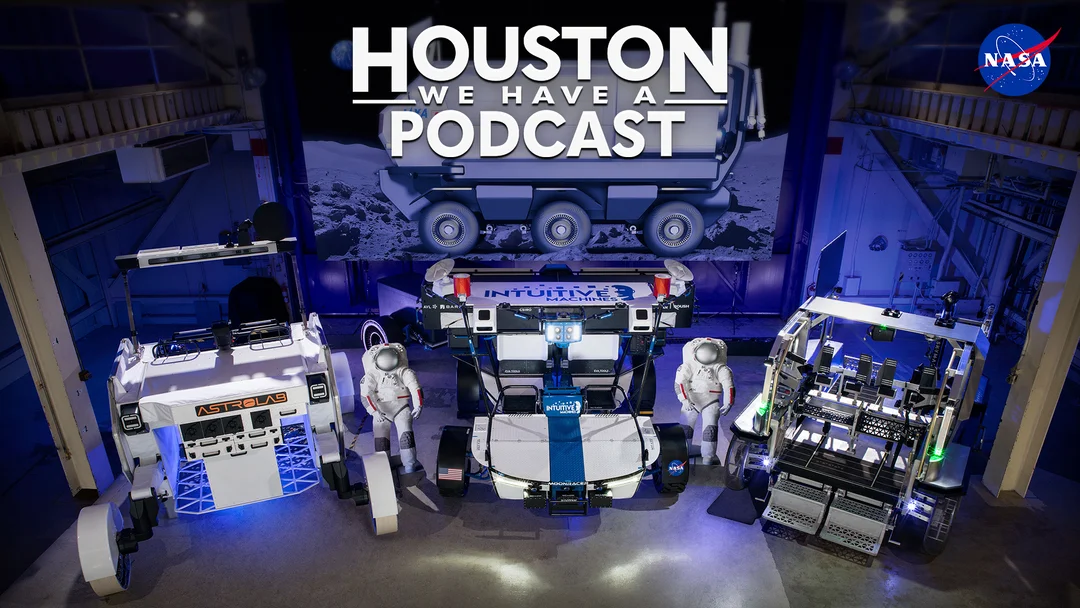
Toyota’s Lunar Cruiser: The Land Cruiser Heads to the Moon, NASA Partnership Solidifies
The vision of astronauts traversing the lunar surface in a pressurized rover is inching closer to reality, thanks to the collaboration between Toyota, NASA, and the Japan Aerospace Exploration Agency (JAXA). Embarking on new missions, it looks like the well-known automobile manufacturer, Toyota, will have their Land Cruiser, or at least some version of it, soaring across space to the moon. Recent developments showcase the **Lunar Cruiser**, inspired by the iconic Land Cruiser SUV, undergoing testing and design refinements, paving the way for groundbreaking lunar exploration.

Toyota has been diligently working on a Moon rover design since 2019, officially naming it the **Lunar Cruiser** in 2023. This name reflects the mission to bring the Land Cruiser's qualities of durability, reliability, and overall feeling to the vehicle prototype. This week, the rover prototype took its first test drive out in the open. It was captured in action in a video by Toyota Times News, as engineers are gearing up for the next stage of the project.
The Lunar Cruiser is envisioned as a pressurized rover, capable of carrying astronauts up to 6,200 miles (almost 10,000 km) across the lunar surface while providing a “shirt-sleeve” environment, meaning astronauts won't need to wear spacesuits inside. This is a significant departure from the unpressurized Lunar Terrain Vehicles (LTVs) currently under development by companies like Lunar Outpost, Intuitive Machines, and Venturi Astrolab.
The collaboration extends beyond design, encompassing joint operation of the rover. NASA plans to utilize the **Lunar Cruiser** during the Artemis VII mission, slated for 2032, and potentially for the following decade. In exchange, JAXA will have the opportunity to send two of its astronauts on future Artemis missions. The power to do this will be made possible due to a hydrogen powertrain that is derived from the same one in use on Earth on the Mirai fuel-cell vehicle.
NASA's Artemis mission will see the US space agency sending humans to the moon for the first time in decades.
The **Lunar Cruiser**, still in prototype form, boasts six independently powered wheels and airless, all-metal Bridgestone tires. These tires are designed to withstand extreme temperature variations ranging from -170°C to +120°C, making them ideal for the harsh lunar environment. A high-tech regenerative system, developed in partnership with Mitsubishi Heavy Industries, will enable the rover to operate independently for up to 30 days, serving as a backup life support system for the astronaut crew. The rover has been tested at NASA's Johnson Space Center and Toyota's Higashi-Fuji Technical Center.
The **Lunar Cruiser** exemplifies how international partnerships and commercial innovation are accelerating space exploration. By combining Toyota's automotive engineering expertise with NASA and JAXA's space exploration knowledge, the **Lunar Cruiser** promises to transform lunar missions, enabling astronauts to conduct more extensive research and exploration on the Moon's surface.
What are your thoughts on the **Lunar Cruiser**? Do you believe this rover will be a game-changer for future lunar exploration? Share your predictions and comments below!